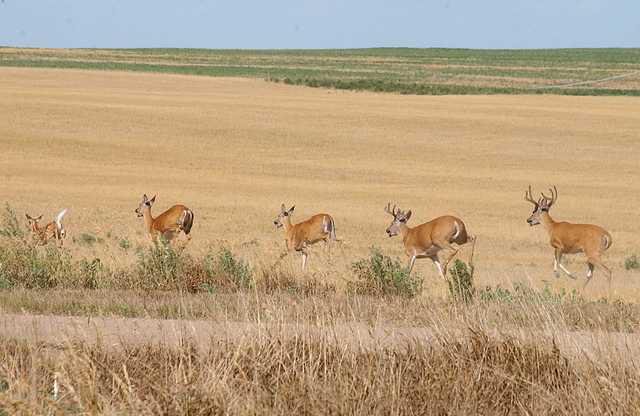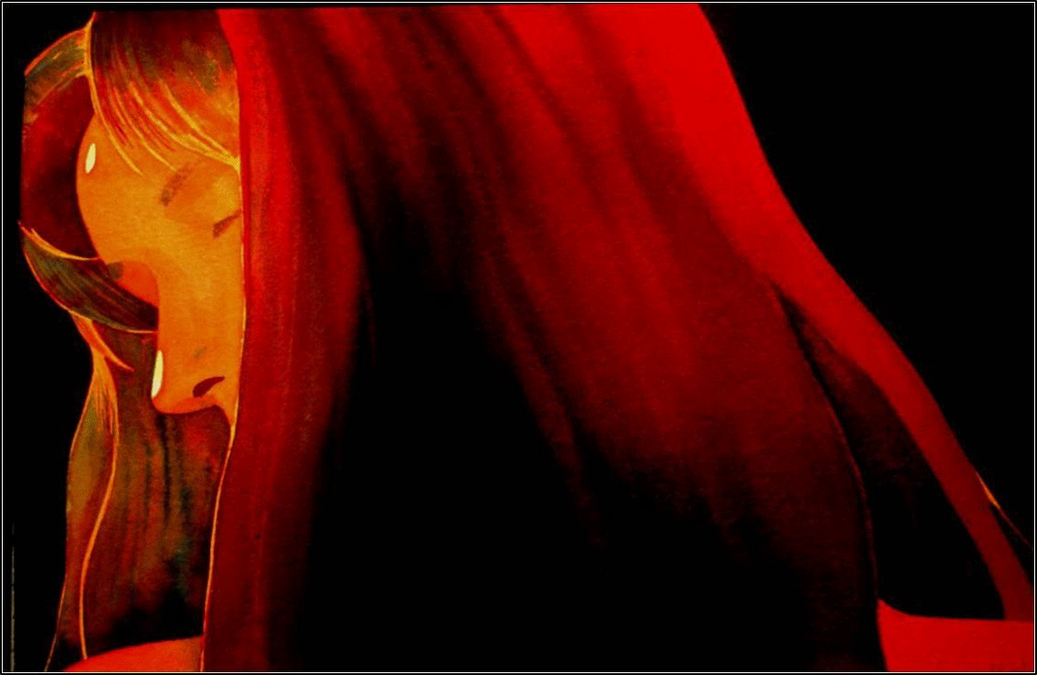To help avoid deer-vehicle collisions, the Kansas Insurance Department suggests the following:
• Stay alert, always wear your seat belt and drive at a safe, sensible speed for conditions.
• Watch for the reflection of deer eyes and for deer silhouettes on the shoulder of the road.
• Do not rely exclusively on devices such as deer whistles, deer fences and reflectors to deter deer.
• When driving at night, use high-beam headlights when there is no opposing traffic. The high beams will illuminate the eyes of deer on or near a roadway.
• Brake firmly when you notice a deer in or near your path, but stay in your lane. Many serious accidents occur when drivers swerve to avoid a deer and hit other vehicles or lose control of their cars. Potentially, you will risk less injury by hitting the deer.
• If you see one deer, it is likely there are more close by.
• If the deer stays on the road, stop on the shoulder, put on your hazard lights and wait for the deer to leave the roadway; do not try to go around the deer while it is on the road.
When an accident occurs, motorists should consider the following:
• If you do hit a deer and are uncertain whether the animal is dead, keep your distance. You might be dealing with an injured, wild animal with sharp hooves that can inflict serious bodily injury.
• If the deer is blocking the roadway and poses a danger to other motorists, you should immediately report the incident to the local law enforcement agency.
It only takes a quick scan of the Barton County Sheriff’s Office accident logs to see an emerging pattern – the number of car versus deer wrecks is on the rise.
It happens annually in the fall and winter as love-sick deer enter their mating season known as the rut. “Every year it’s the same thing,” said Barton County Sheriff Greg Armstrong.
So, he said, there’s an increased need for vigilance on roads and highways, with keen eyes on ditches, shelter belts and wooded areas.
Each year, approximately 1.6 million crashes are caused by deer and spike October-December due to deer mating season, reported the Insurance Information Institute. These collisions make up over $3.6 billion in vehicle damage per year, with each incident averaging $3,100 worth of damage per vehicle, according to the institute.
“They’re starting to be more and more on the move,” Armstrong said. With hunting seasons starting, there will be even more movement.
Mid-fall and mid-spring are likely times of the year for deer to be seen on roadways, because of breeding habits during the fall and growth of vegetation during the spring. Sunrise and sunset are the times that deer are most active around roadways.
However, the sheriff said, this has not been a typical year. With the hot, dry conditions, food and water for the deer has been scarce, forcing the animals to roam more than normal all summer long.
The result has been numerous deer accidents outside of the rut.
Nonetheless, “driving on Kansas roads and highways this time of year means the possibility of an encounter with a deer,” said Sandy Praeger, state insurance commissioner. “Be careful when you take the wheel.”
Praeger urges Kansas motorists to check with their insurance agents to find out the type of vehicle accident damage coverage their policies have. According to American Automobile Association, insurance agents say most damage from deer collisions occurs in the front or on the side of a car. If involved in a crash, AAA encourages drivers to first call local law enforcement for assistance and then to make note of the date, time, street name and take any pictures to help document the incident before contacting their insurance carrier.
“Defensive driving is always important, but this time of year it’s extremely important,” Praeger said. “Do everything you can to protect yourself and your family while on the road.”








